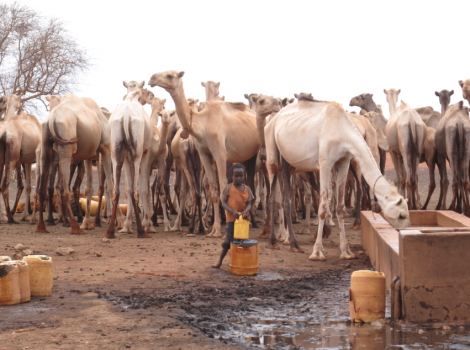Over the past decade, people living in the Horn of Africa have experienced
unpredictable and extreme weather which has created longer than normal dry seasons and insufficient rainy seasons. The increased frequency of consecutive droughts has resulted in the worst drought the region has seen in over 60 years.
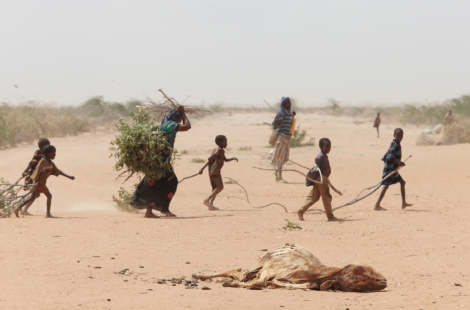
A quick recap
Millions of people who depended on farming and livestock for their livelihoods were forced to abandon their homes in search of water, greener pastures and sufficient grain supplies for food and livestock feed. Traditional ways of coping have been exhausted, food prices have soared, and with nowhere to go, they started arriving by the thousands at camps set up by the UN and in existing communities in Turkana and Wajir, further stretching already scarce resources.
The situation in Northern Kenya was desperate. Existing water sources were stretched to breaking point, and the daily influx of up to 2,000 refugees from Somalia further compounded the horrendous conditions that families found themselves in.
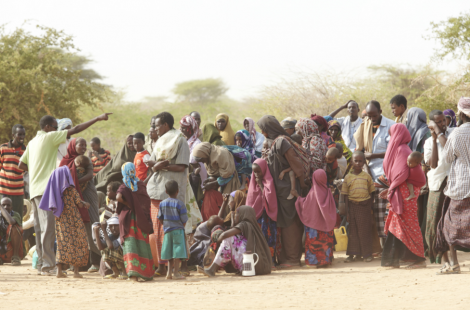
In a direct response to the crisis, The One Foundation donated over £1 million to an emergency water programme last July. With the programme well under way now, we recently recieved some lovely photos back from our NGO partner on the ground.
The effect of our donation
Water trucking has provided access to safe, clean water to 208,161 vulnerable pastoralists and refugees in the regions of Wajir and Dadaab.
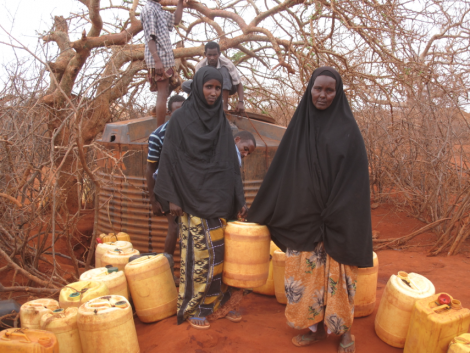
Rapid repair teams have been supported in the rehabilitation of 57 water systems in Wajir and benefitting 345,105 people.
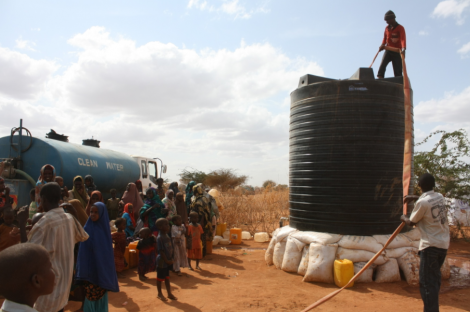
10 new boreholes are being drilled in water scarce areas, pipes laid in Dadaab as seen below.
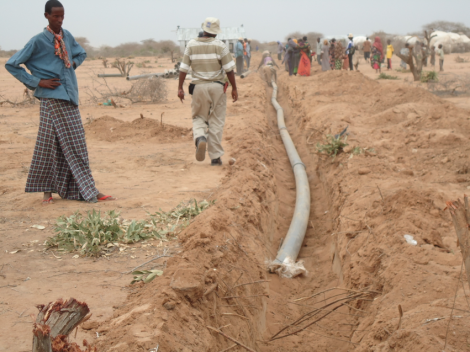
256,782 people will recieve training in PHP (Public Health Promotion) to stop the spread of disease, here’s one community meeting taking place in Dadaab.
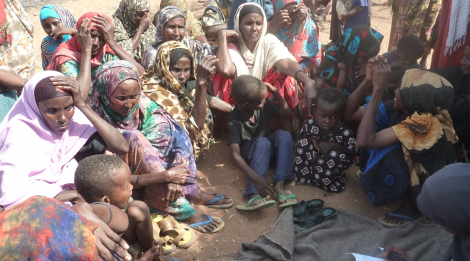
Hygiene promotion is recognised as a driver to good health, especially in regards to diseases related to poor WASH (water, sanitation and hygiene) conditions. As such, hygiene promotion is an integral part of the intervention. Across the three locations, key hygiene messages were disseminated through household visits, water point meetings, community meetings, through feeding centres and during food distribution events.
Through the local health centres, the Community Health Promoters also identified households with malnourished children. Home visits were then made to the households in which the mothers were targeted with health and hygiene messaging on feeding and child caring practices, and good practices like safe food preparation and frequent breast feeding are also promoted. In order to effectively pass on the hygiene messages to a largely illiterate population, hygiene promotion pictorial IEC materials were developed and successfully pre-tested in two communities.
Community Health Promoters closely monitored disease trends within their villages and alerted the Ministry of Public Health and Sanitation and our NGO partner for response in case of disease outbreak, such as the cases of cholera identified in Dadaab.
Hundreds of thousands of people in over 75 communities across these three drought affected counties of Kenya are benefitting from your support and our donation. By combining immediate and longer term infrastructure development work with sanitation and hygiene promotion activities aimed at reducing the risk of diarrhoea, this project has helped people cope with the 2011 drought and start the recovery period following the rains experienced in late 2011. As the programme has also integrated activities that will benefit communities in the longer term – rehabilitation and drilling of new water points, the project will also help to improve longer term reliance to this kind of ‘shock’ in the future.
Rapid repair teams have been supported in the rehabilitation of 57 water systems in Wajir and benefitting 345,105 people.
